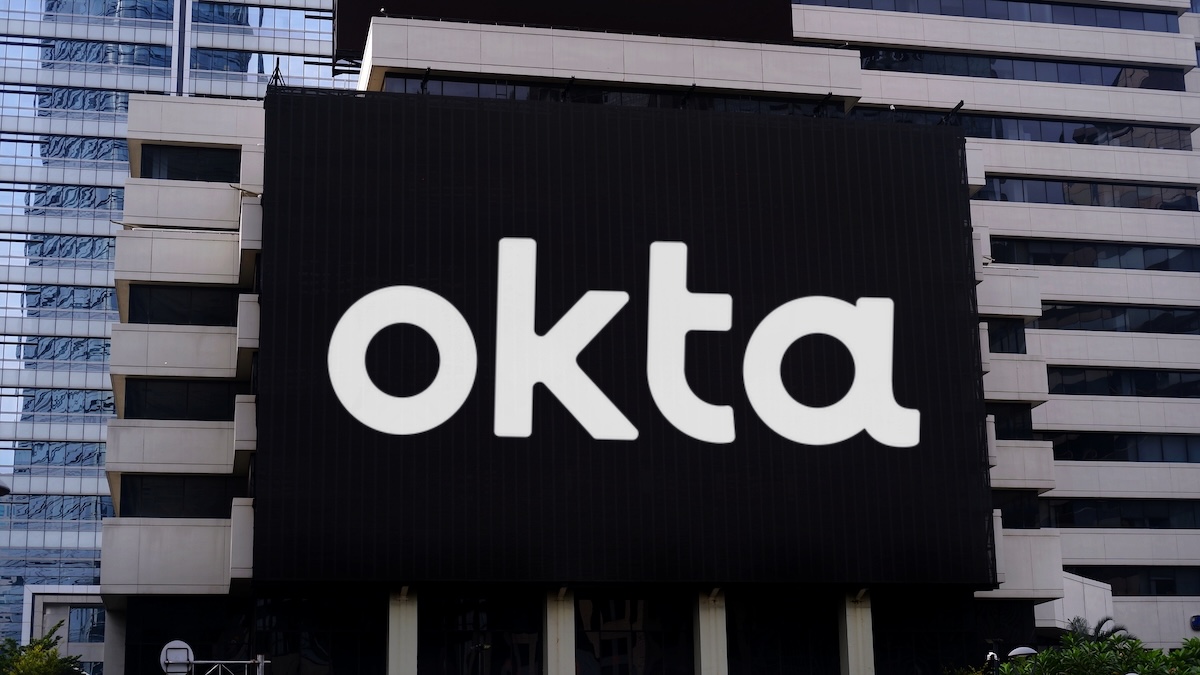
Palo Alto Networks (PANW) announced an expanded partnership with Okta (OKTA) on Tuesday to create a unified security architecture to fight identity attacks.
This architecture is being built through an integration of two security solutions – Okta Workforce Identity and Palo Alto Networks’ Prisma Access Browser – in order to restrict access to SSO apps by using only a secure browser.
Organizations will also have a unified view of identity related risks across their entire attack surface.
The integrations between Palo Alto and Okta will allow employees to securely access corporate web applications and data from any device, whether it's managed by the company or not.
Security teams will also gain enhanced visibility and control over SaaS and web application usage.
The platform also provides a unified identity threat detection and automated response to a variety of security threats, including revoked user access, ending active sessions, and quarantining endpoints.
"Identity plays a critical role in cybersecurity," Pam Cyr, VP of technical partnerships at Palo Alto Networks, said in a statement. “Our deep integrations with Okta ensure that our solutions are engineered to work together, making it easier for our customers to achieve higher levels of security and user experience.”
She added that the integrations from the two companies “empower organizations with comprehensive, AI-powered defense.”
AI growth leads to AI threats
This “AI-powered defense” is starting to take on growing importance across industries, potentially turning cybersecurity stocks into one of the winners of the boom in artificial intelligence.
There is “growing demand for AI-driven security solutions,” research analyst Lisa Martin said on the Schwab Network – and companies CrowdStrike (CRWD) and Palo Alto Networks could be big beneficiaries of this demand.
“Palo Alto Networks is really evolving as the cybersecurity landscape does nothing but evolve into very sophisticated attack services and vectors,” Martin said. “Palo Alto has gone from a next-gen firewall supplier into what is now a security operating system that spans network and cloud and endpoint and identity.”
Meanwhile, Wedbush analysts, led by Daniel Ives, released a report saying that the mass rollout of Agentic AI is creating a new industrial era that will lead to strong growth in the cybersecurity sector during the second half of the year, especially as threats from artificial intelligence grow more sophisticated.
Wedbush is projecting “an accelerated upward trend in spending, driven by AI's increasing integration into critical systems, which can elevate the threat landscape,” as AInvest notes.
In addition to Palo Alto and CrowdStrike, Wedbush’s top cybersecurity stocks include Zscaler (ZS), CyberArk (CYBR), and Varonis Systems (VRNS).
Wedbush’s report also sees the potential for an uptick in mergers and acquisitions for the cybersecurity industry, as the strategic deployment of AI continues to grow.
Stephen Lee, VP of technology partnerships at Okta, said in a statement that artificial intelligence is “supercharging attacks on user credential,” which has led to a “‘fight AI with AI’ approach for organizations.”
As the AI boom continues to gain steam, it will likely only add more tailwinds for cybersecurity stocks into next year.
“The AI trade in 2025 is looking really strong,” Martin said. “This is probably the biggest technology paradigm shift of our lifetimes that we’ll see and it’s still in the early innings.”
Your email address will not be published. Required fields are markedmarked